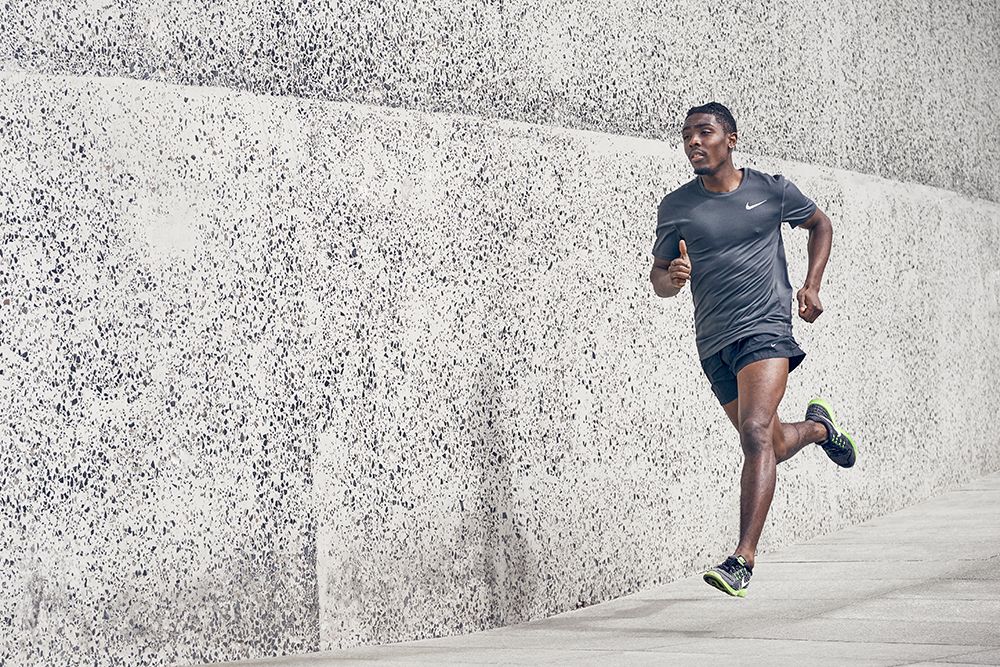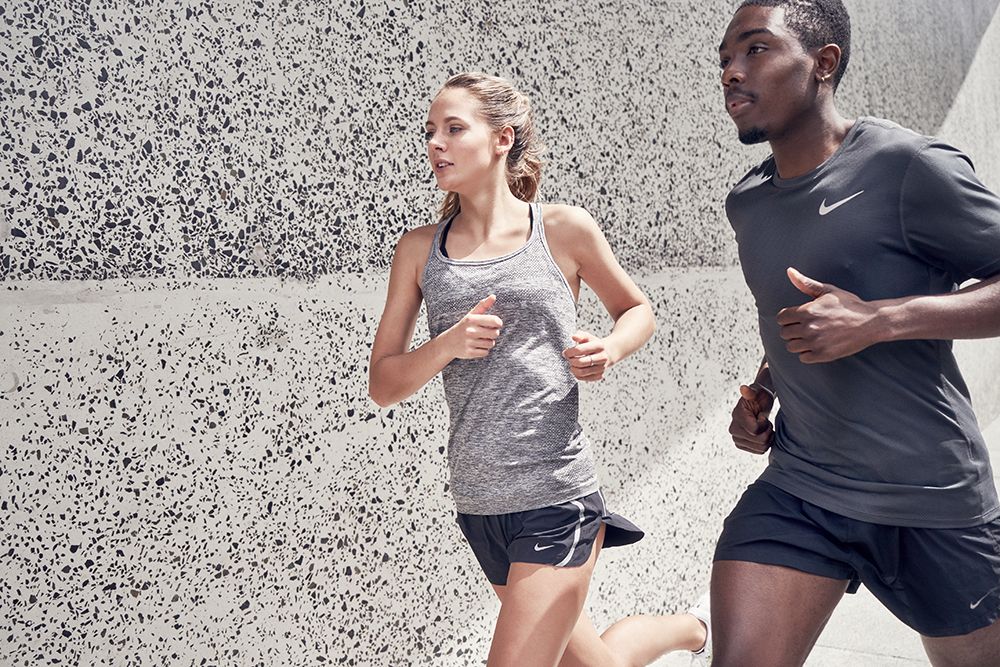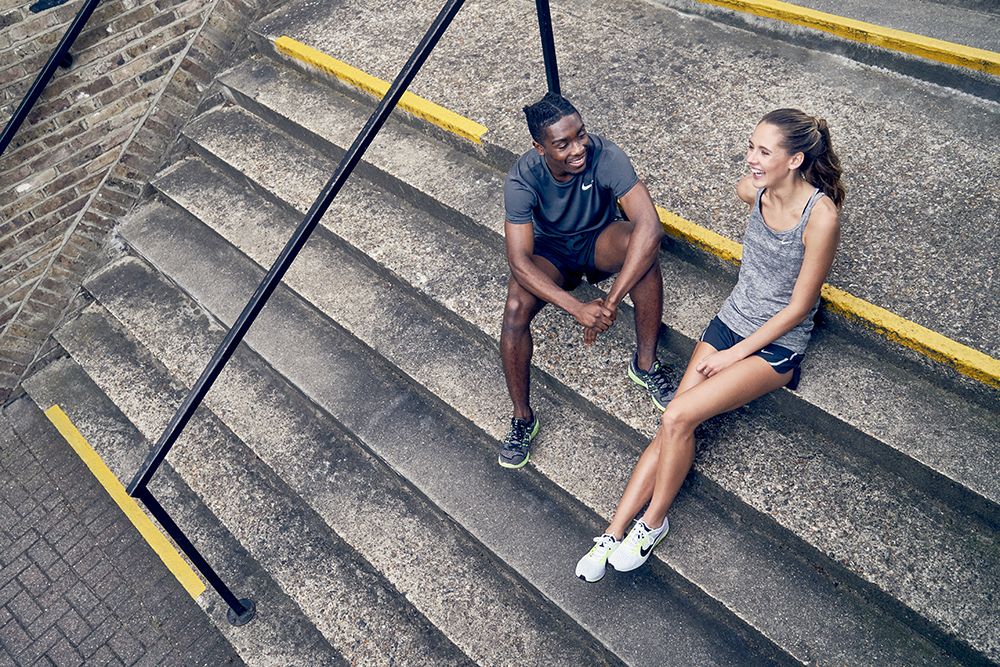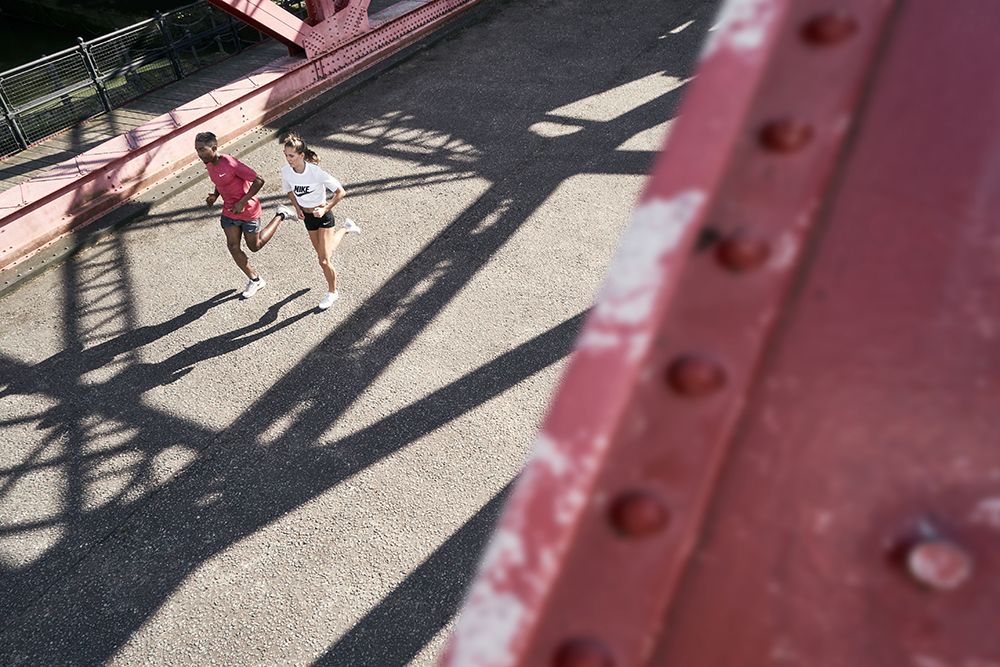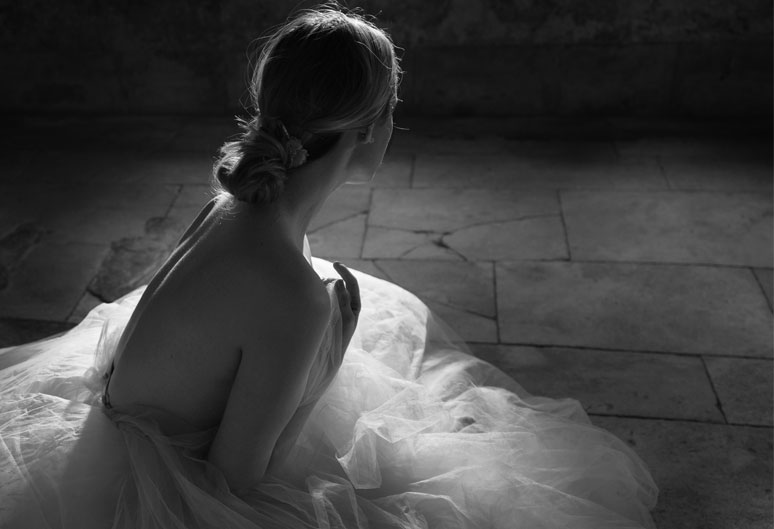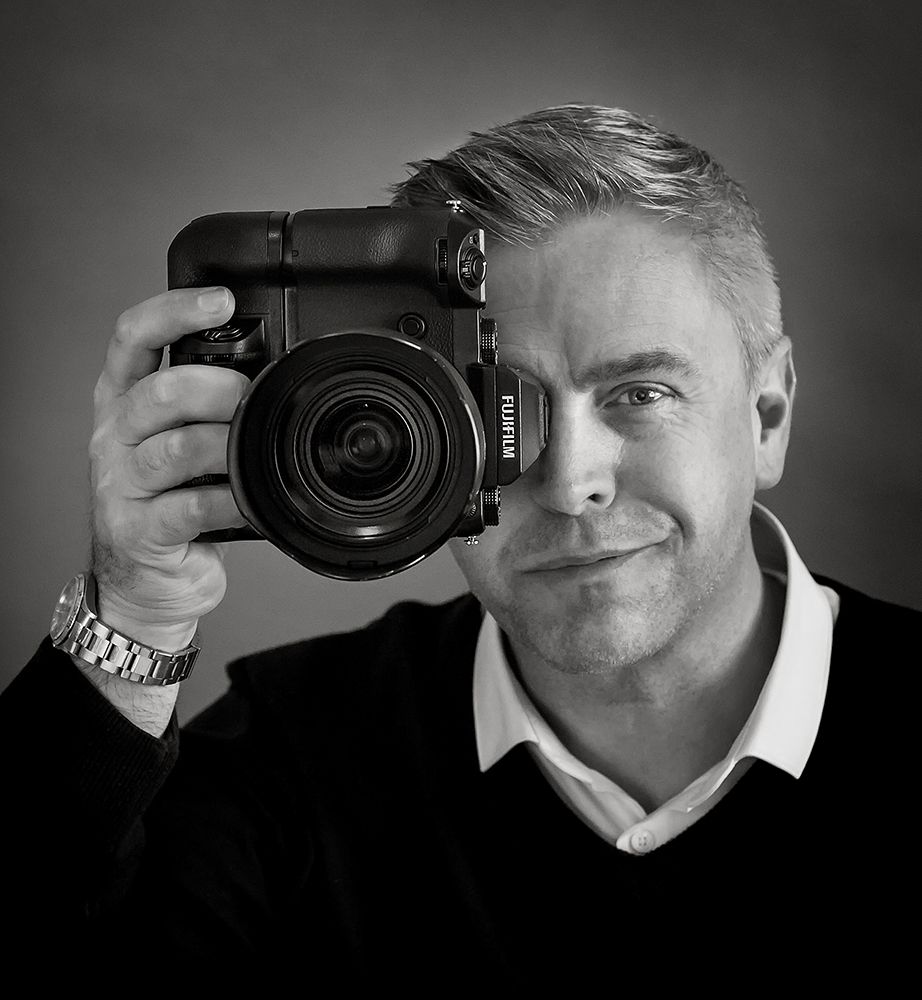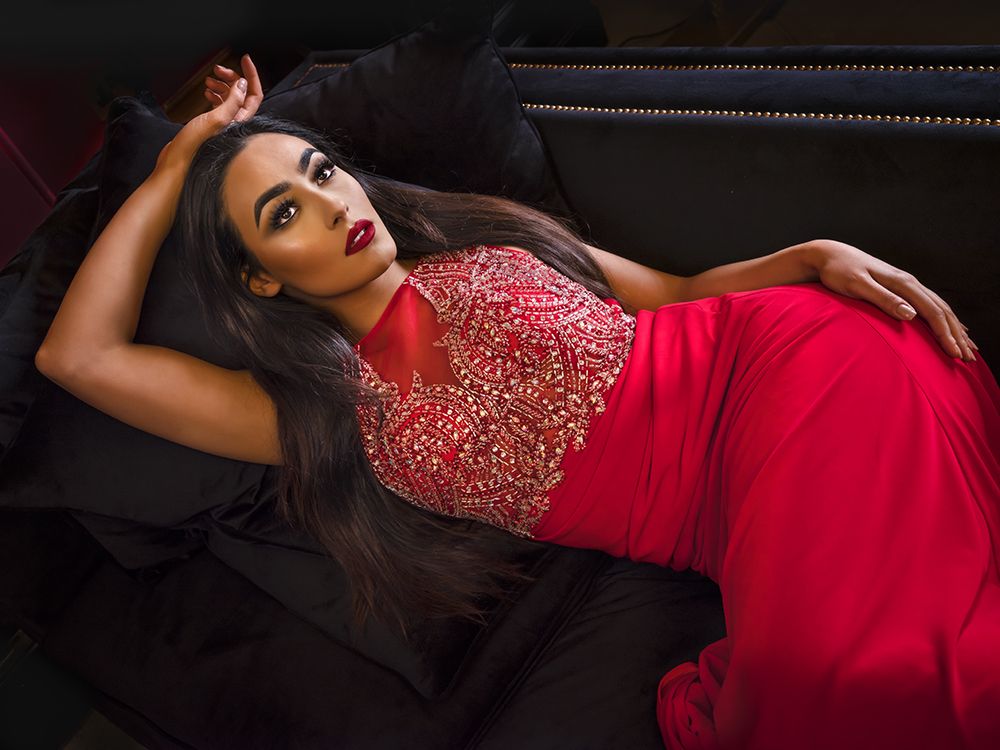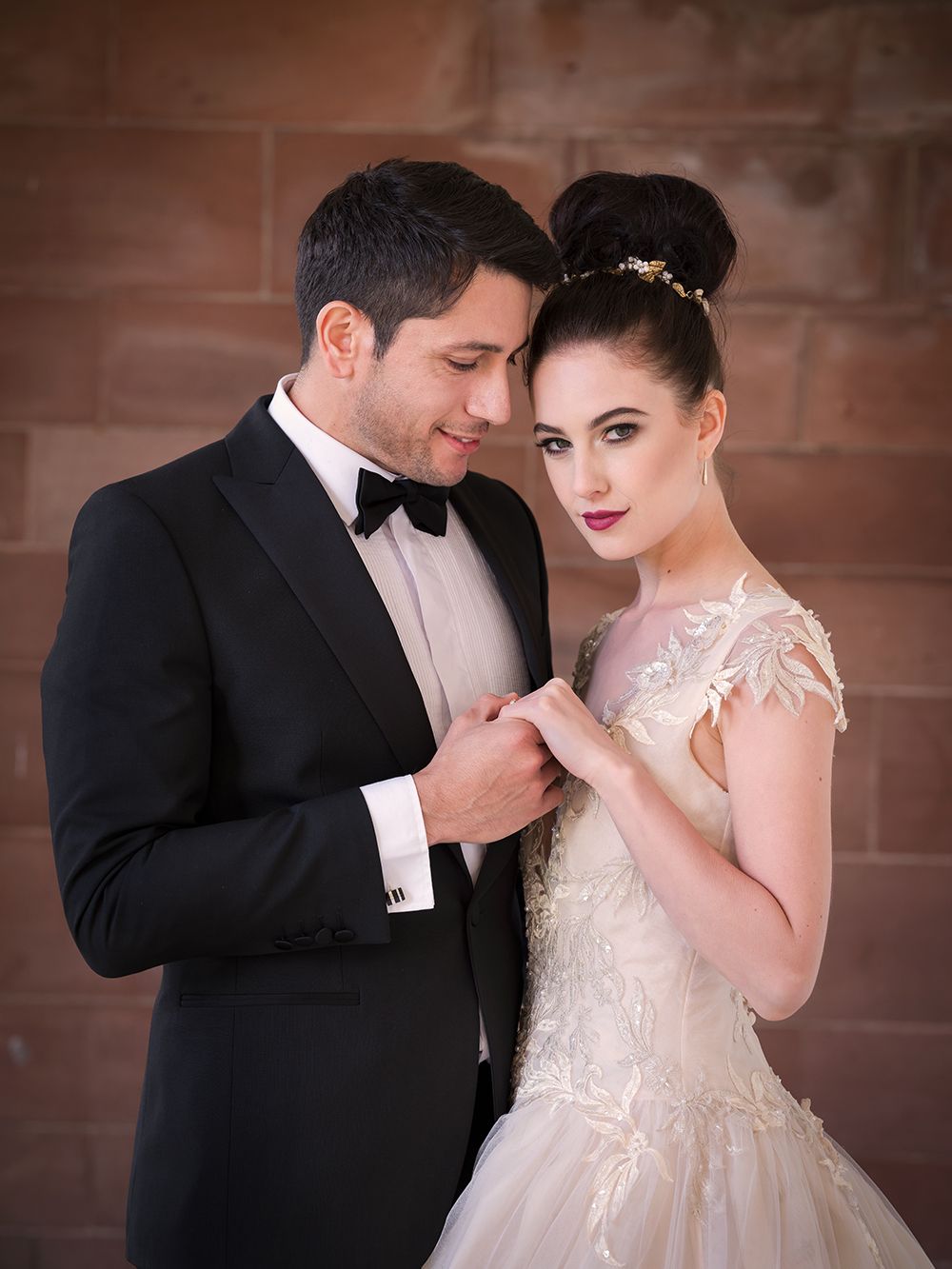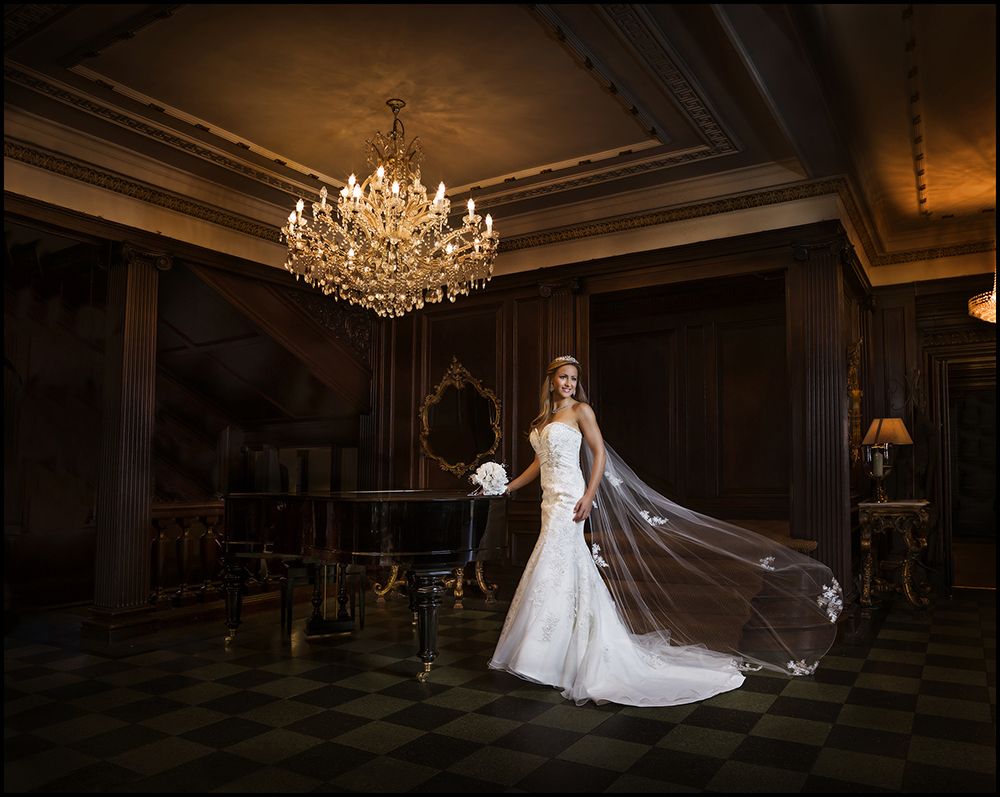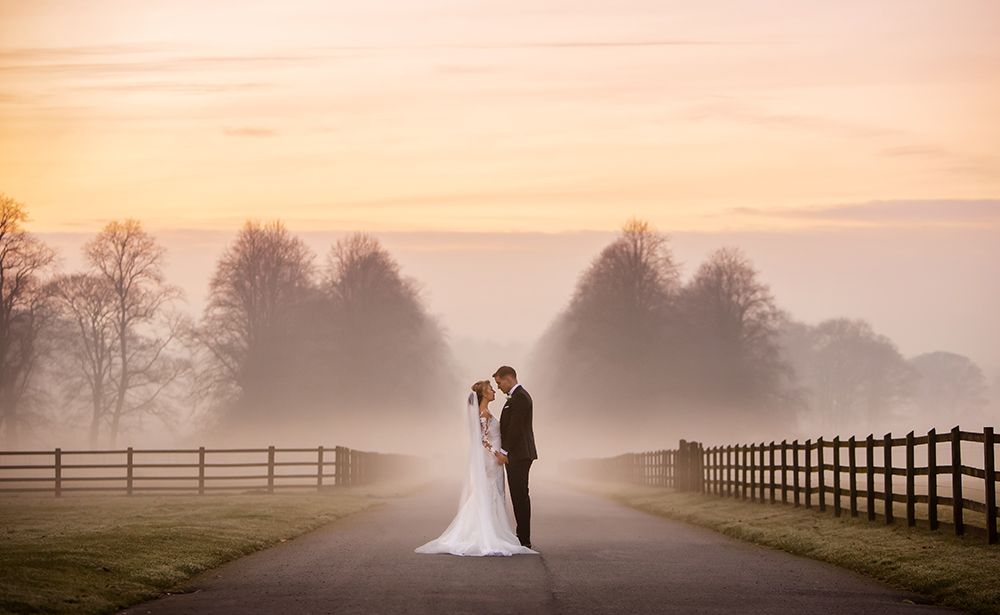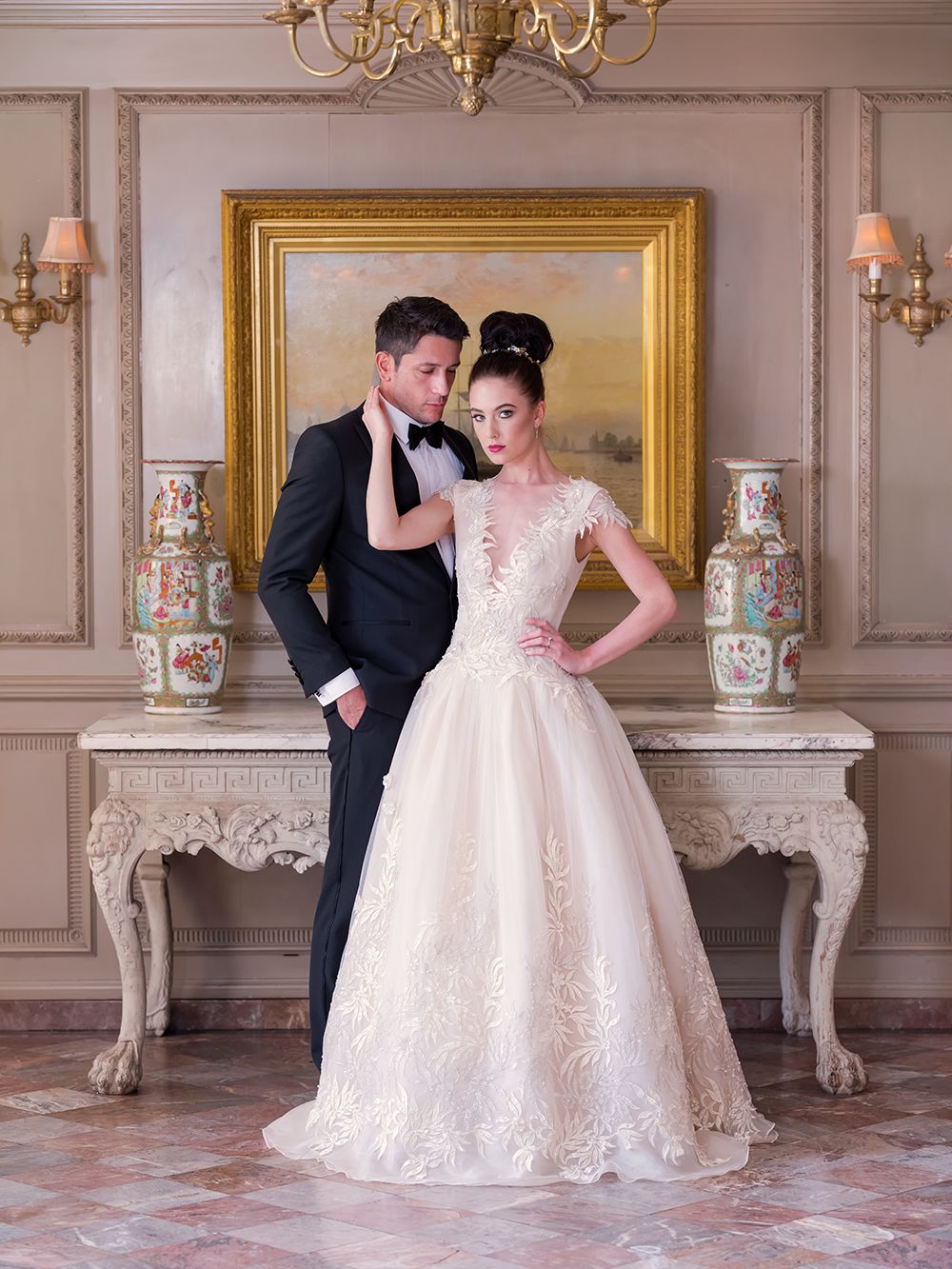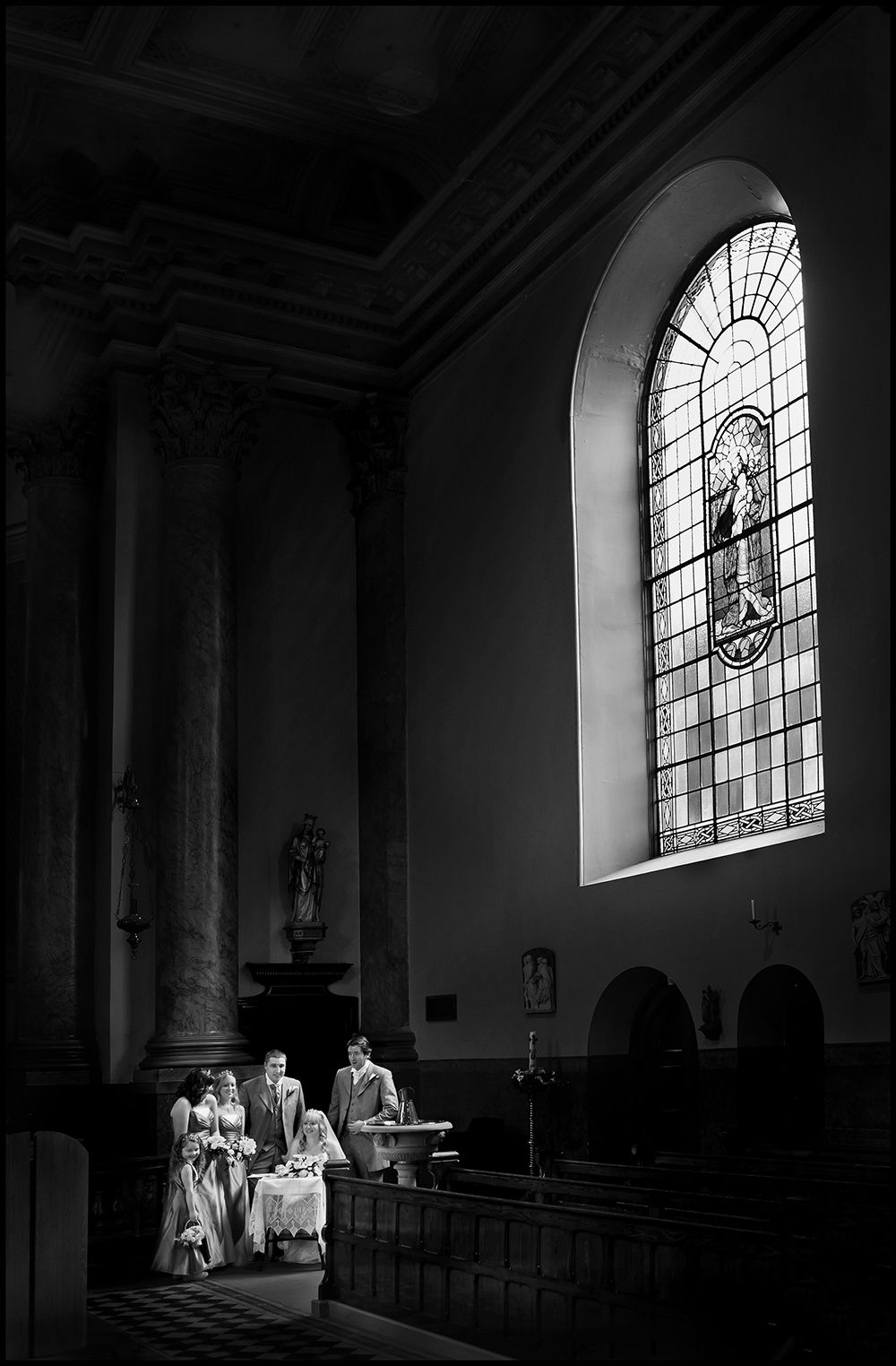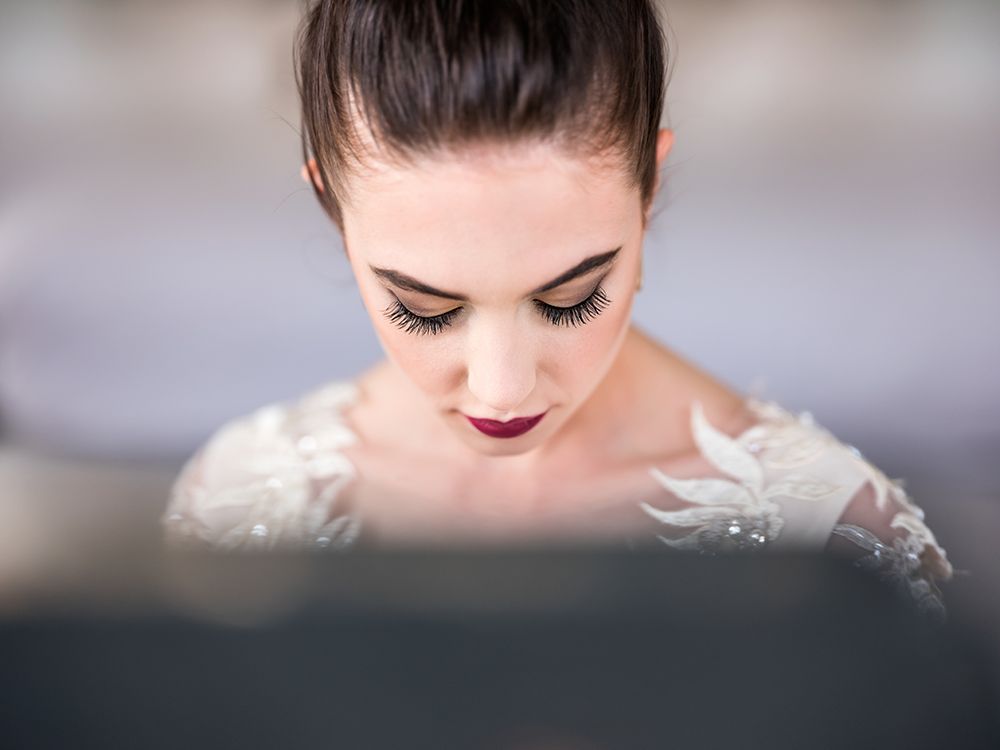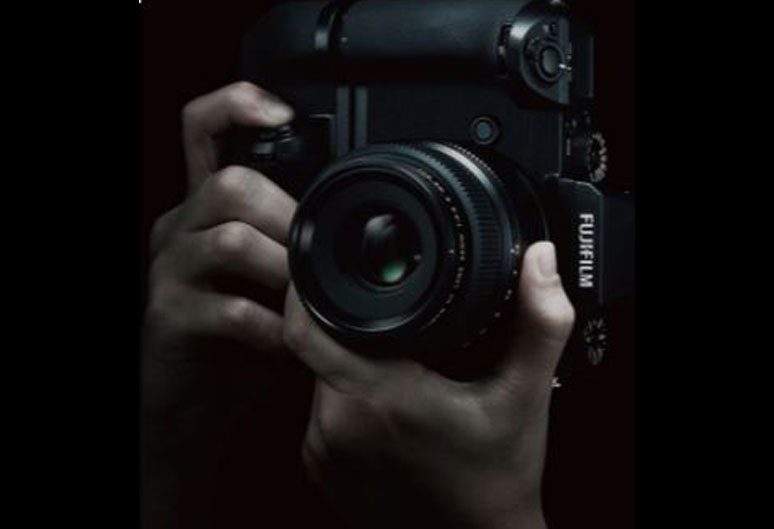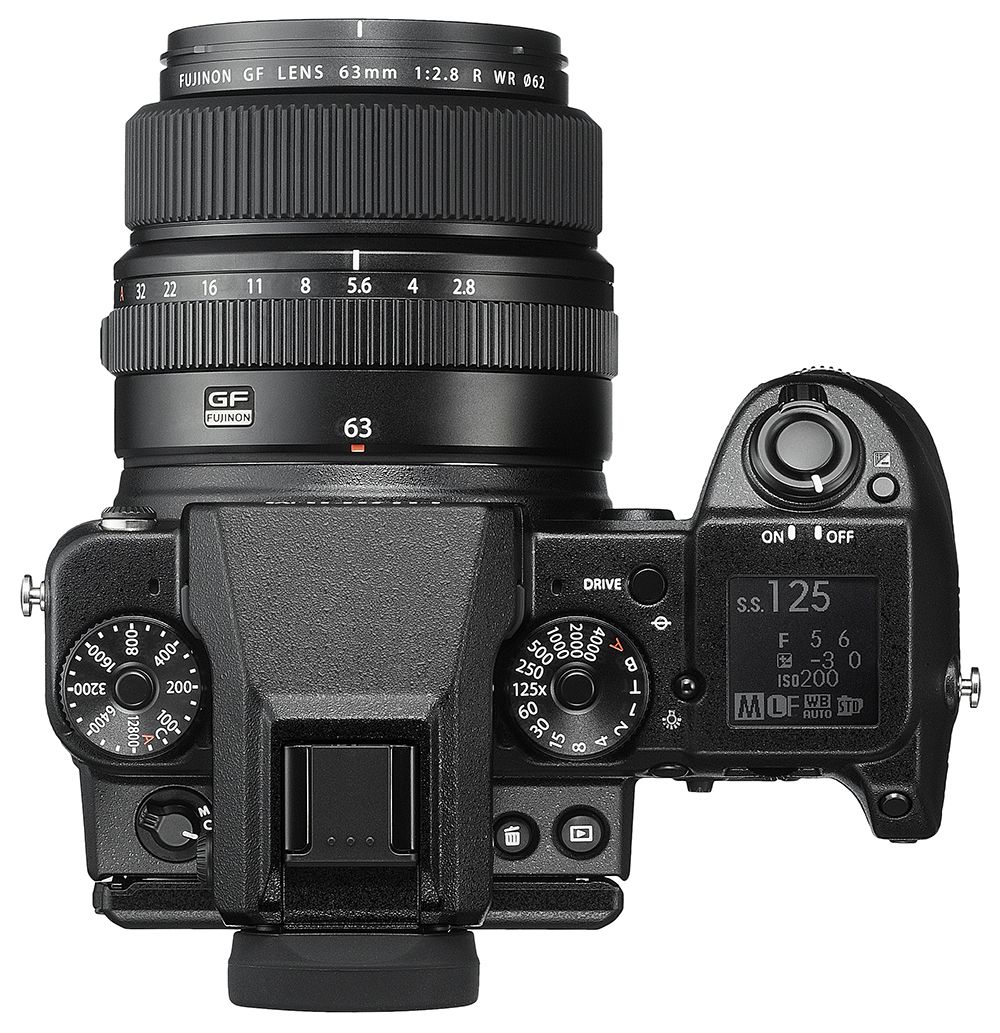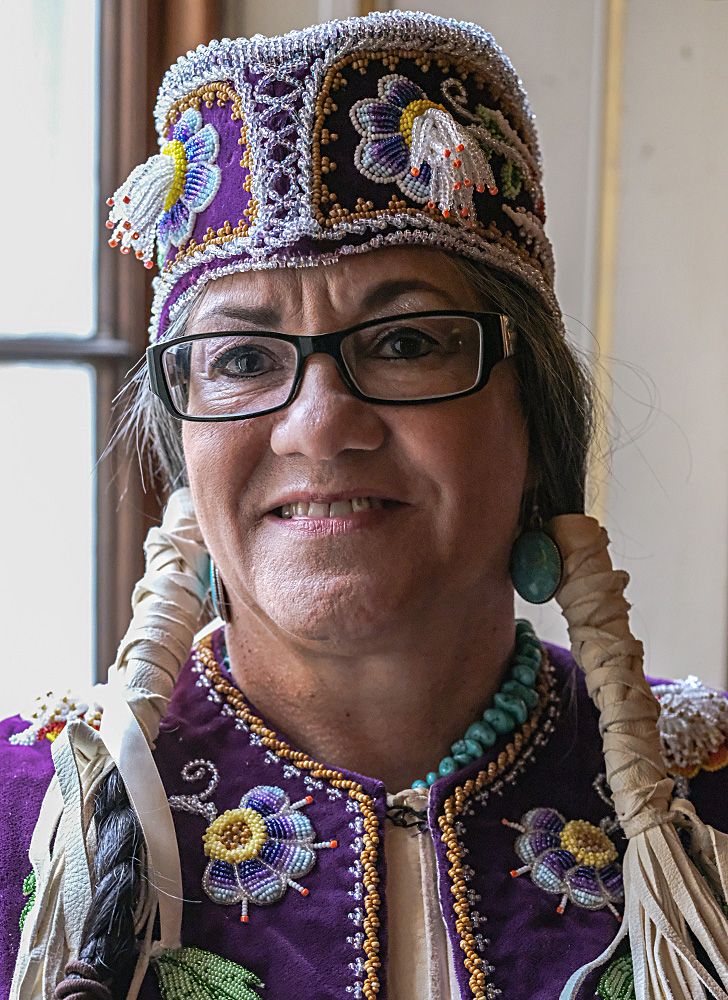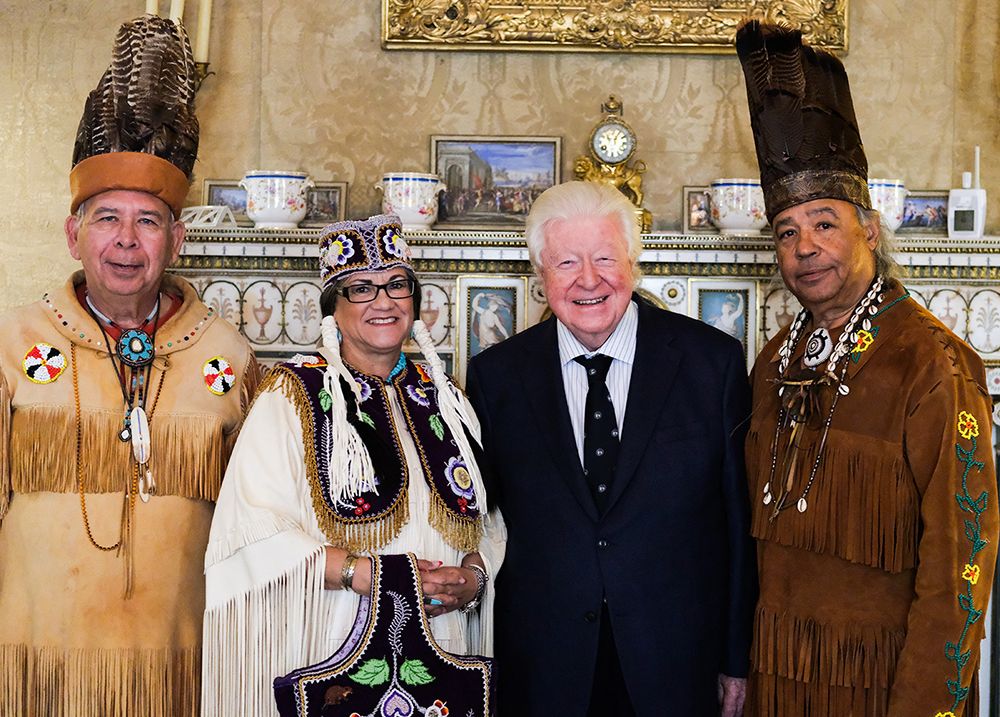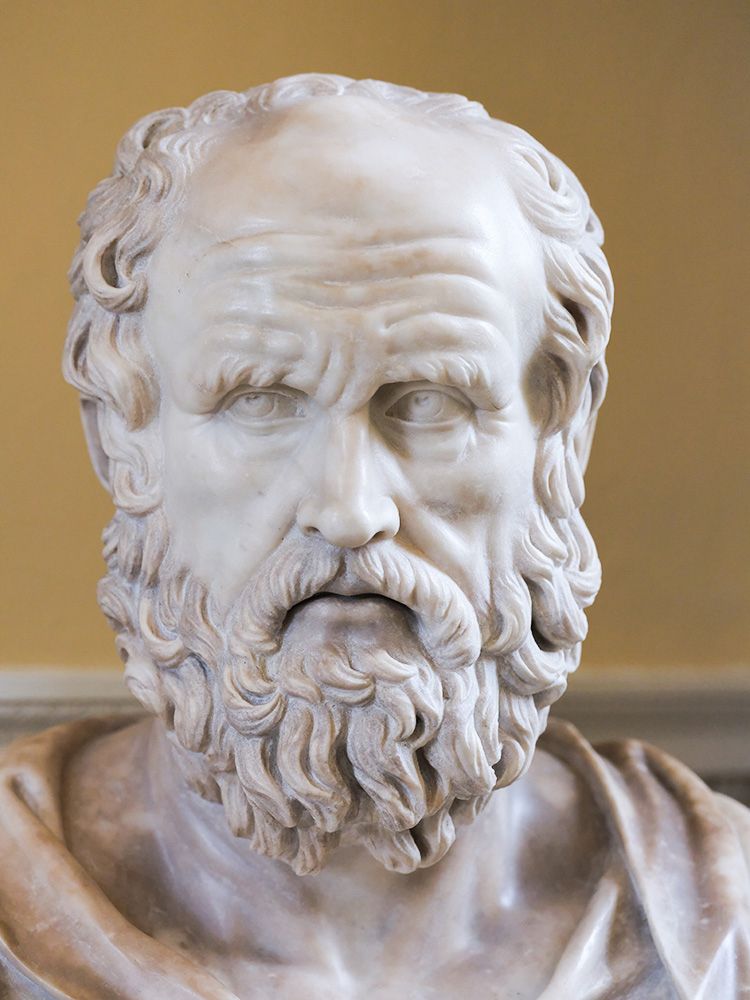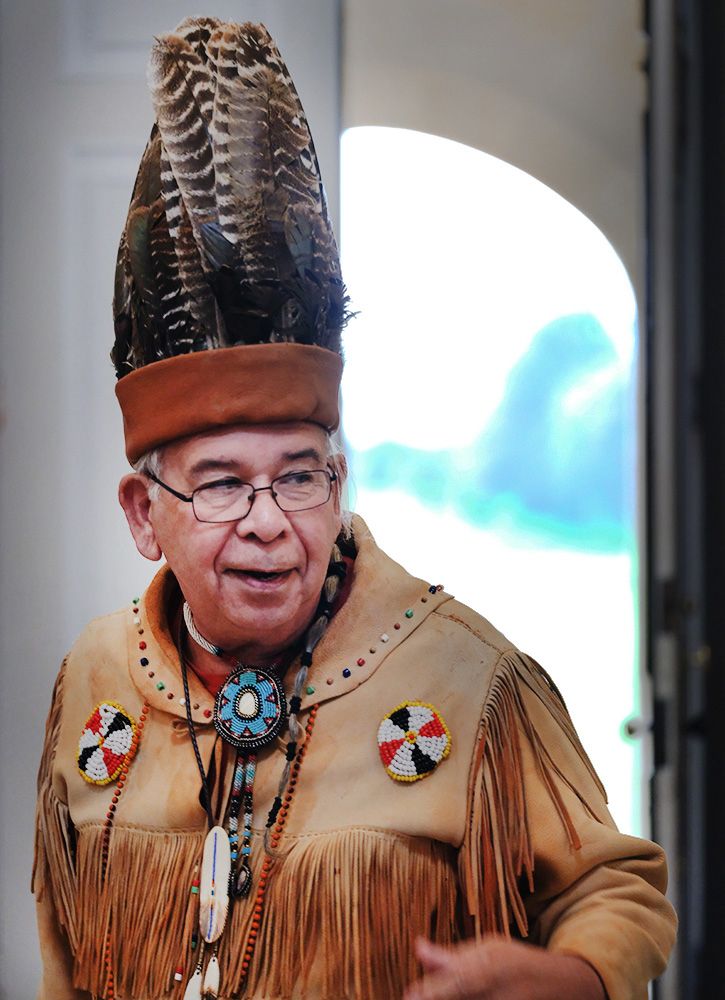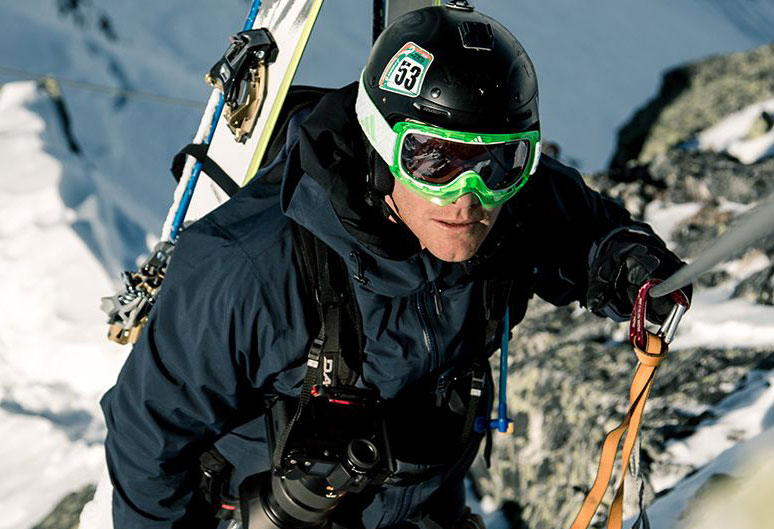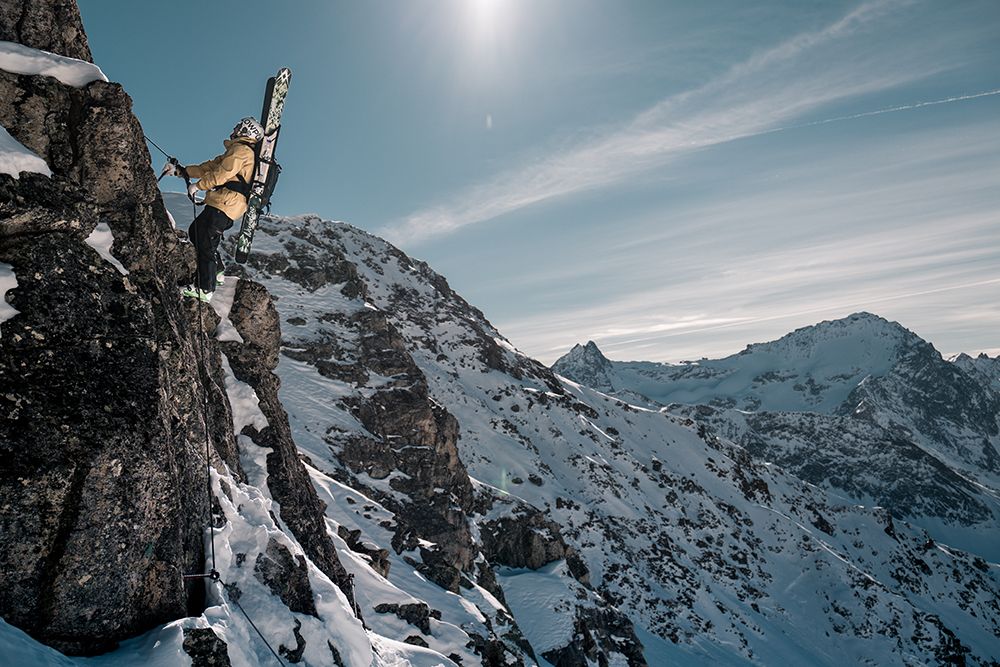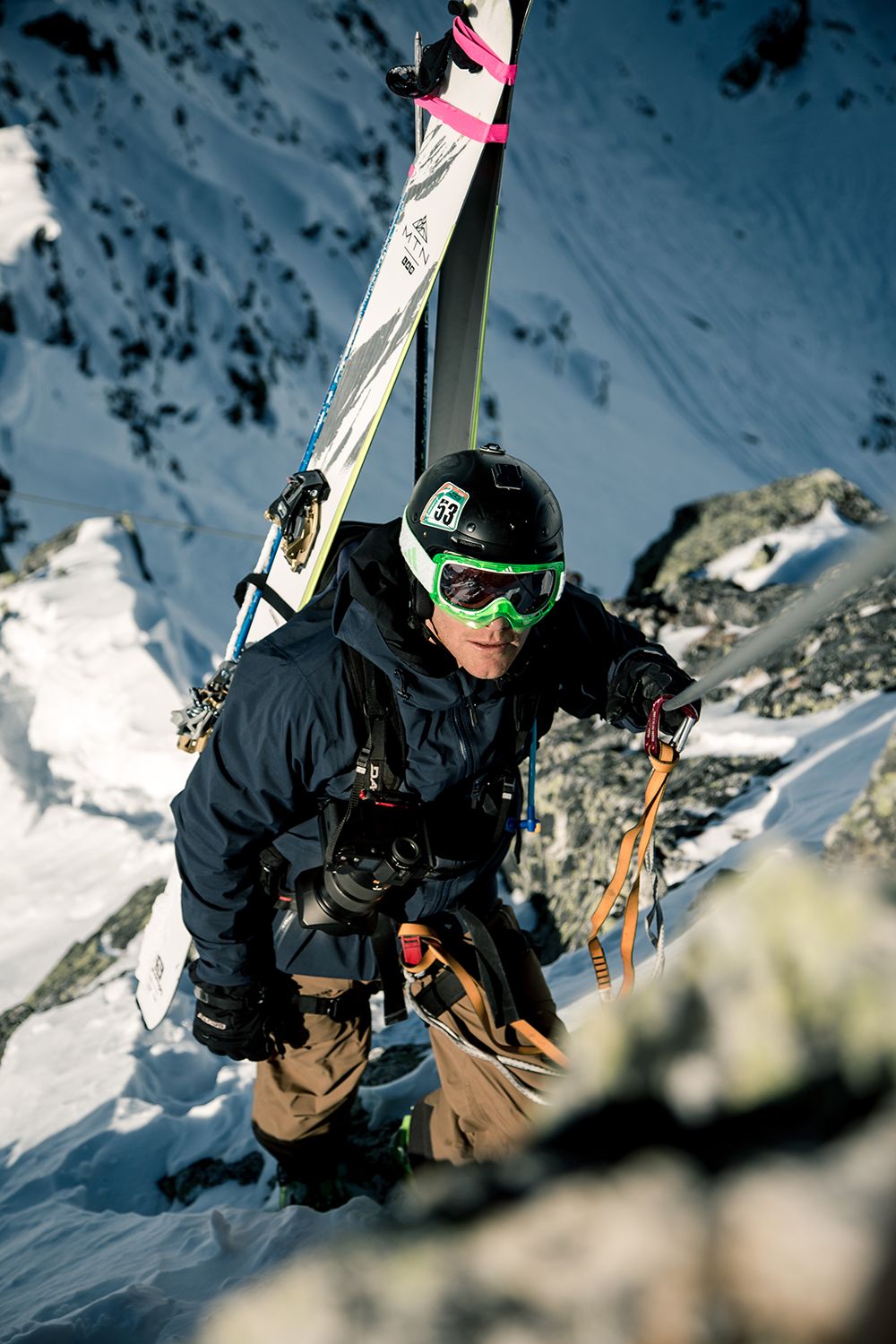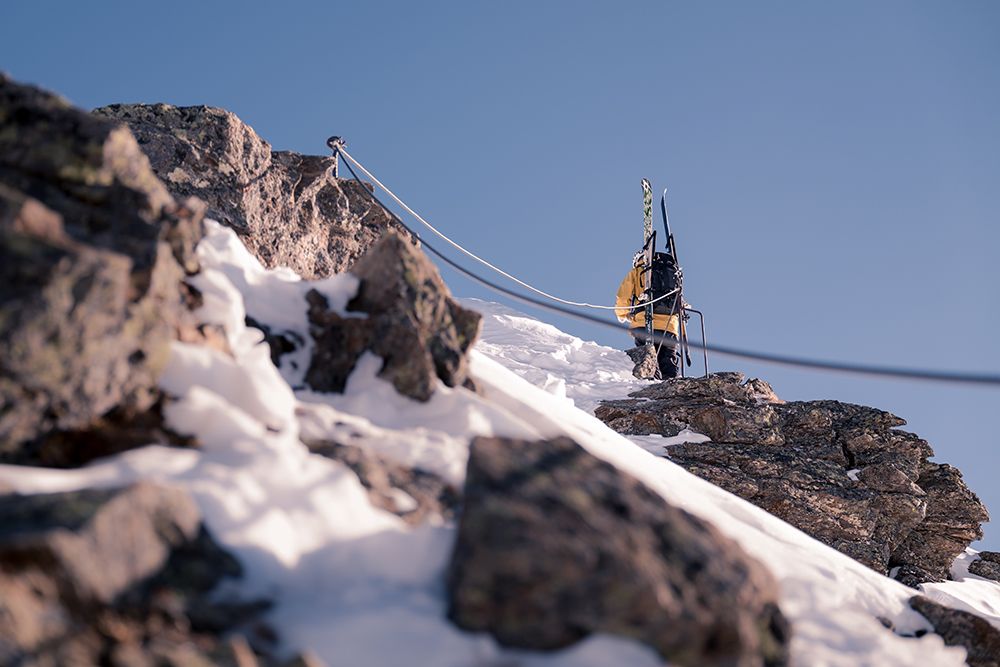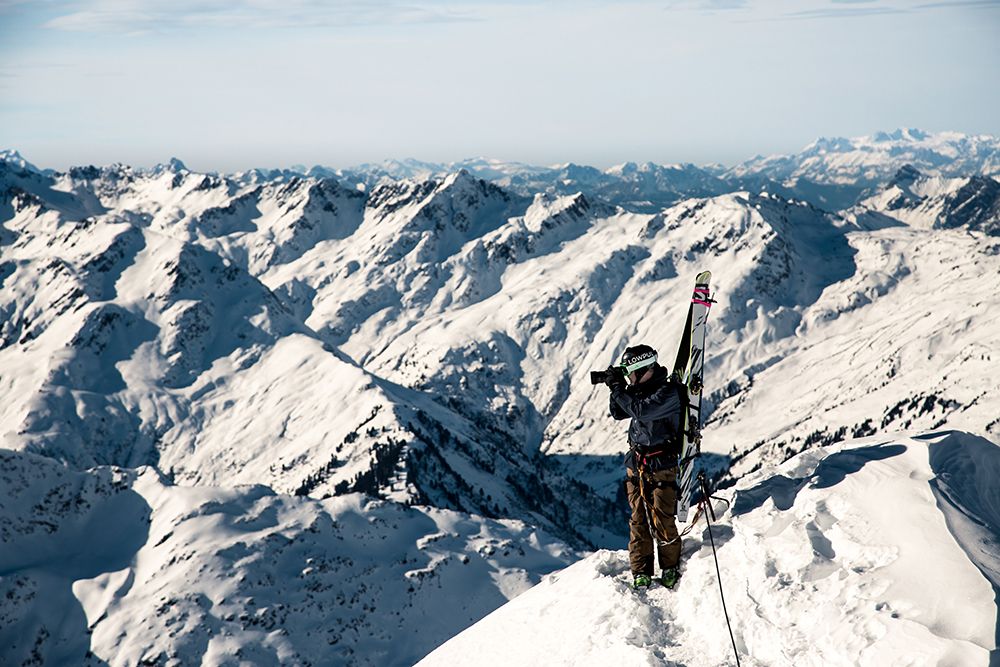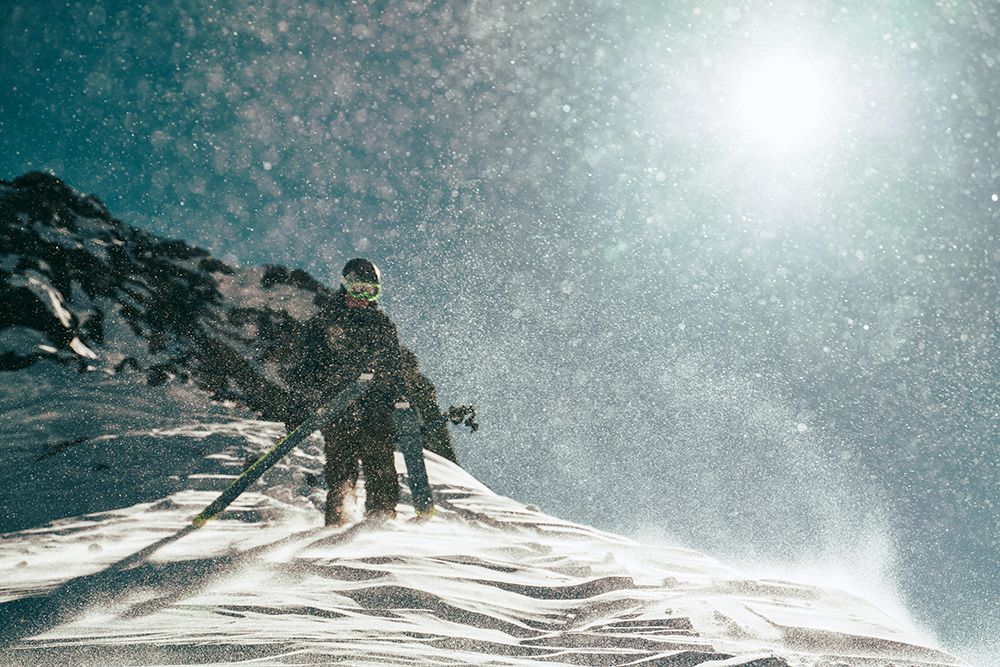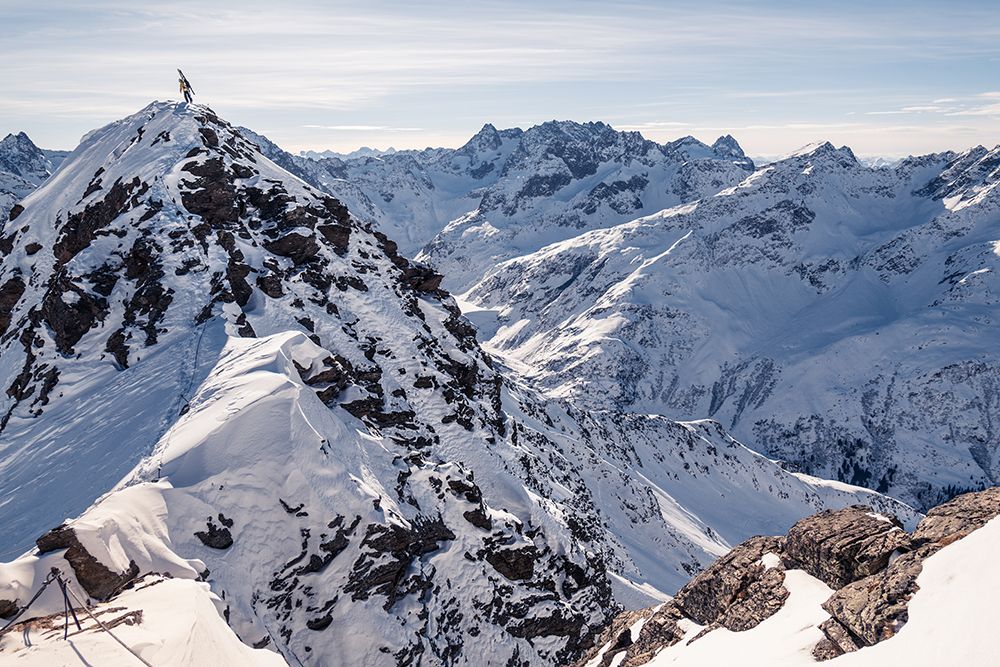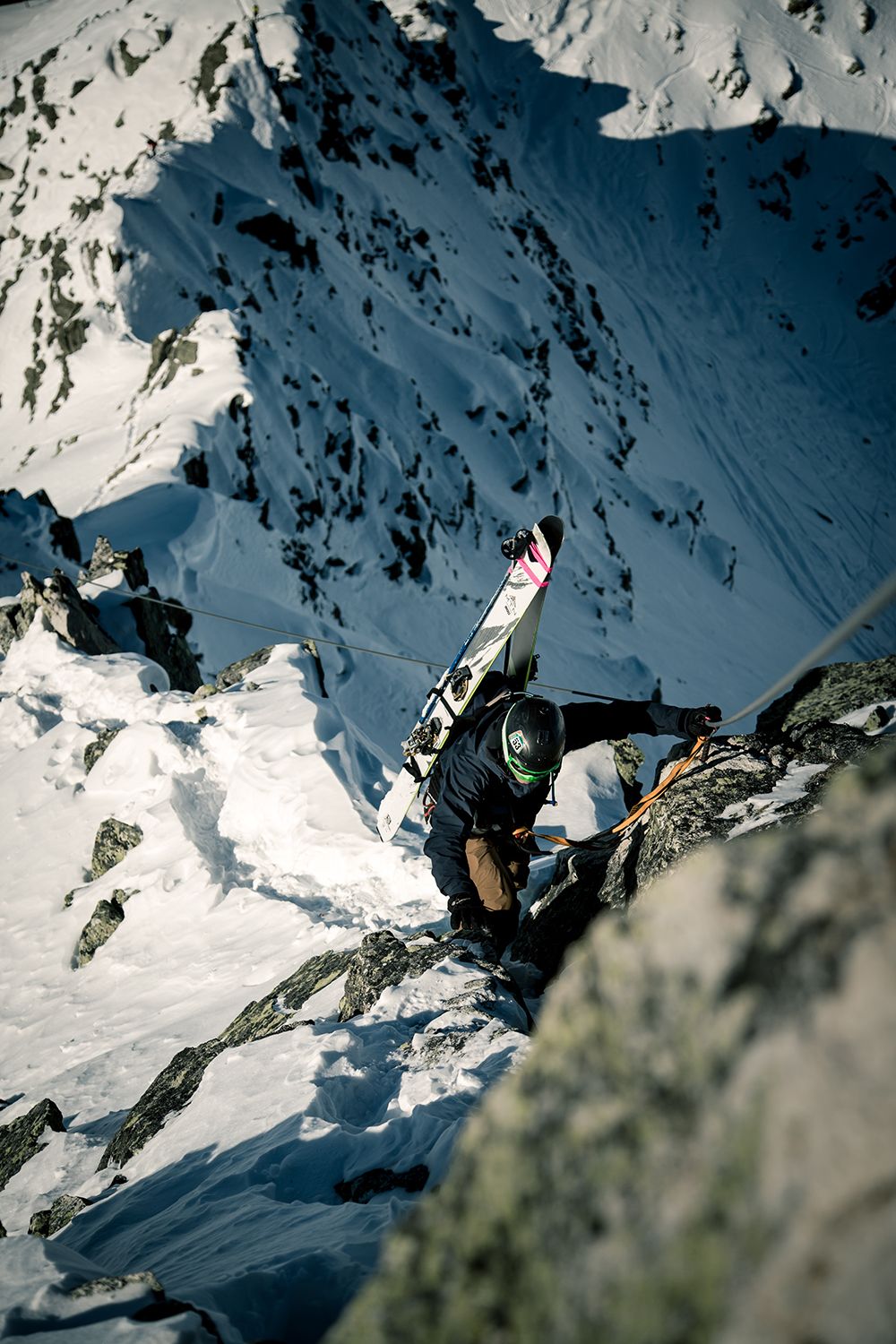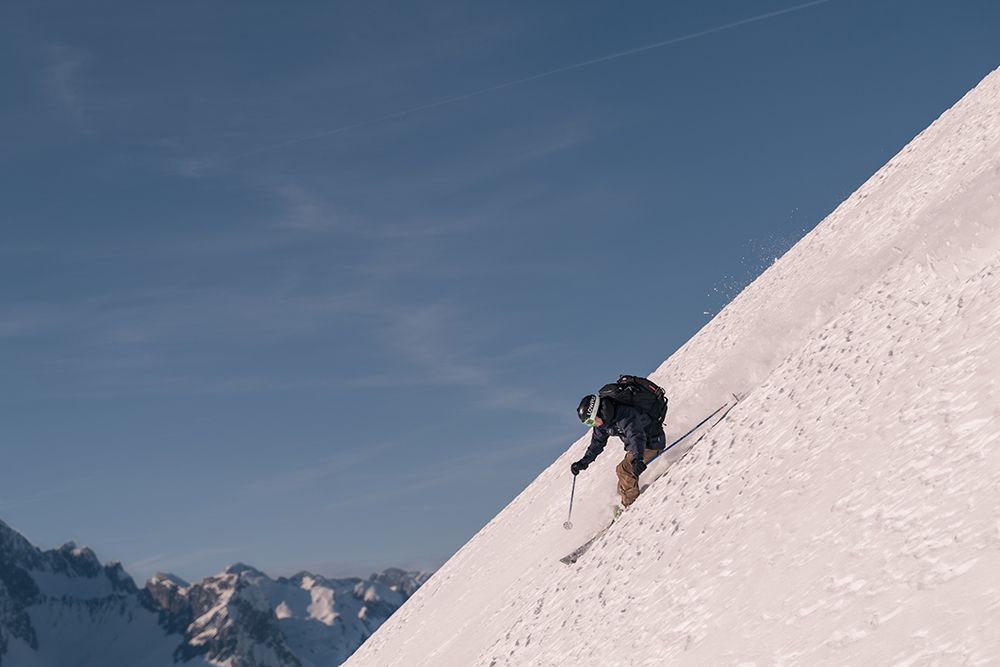Bob Martin is a multi-award winning sports photographer specialising in shooting sports and action pictures for advertising, corporate and editorial clients.
During a career spanning thirty years, Bob has photographed every major sporting event; from the last fifteen Summer and Winter Olympics, to Elephant Polo and Horse Racing on ice. His work has taken him to the farthest corners of the world and his photographs have been published in numerous publications including Sports Illustrated, Time, Newsweek, Life Magazine, Stern, Paris Match, Bunte, L’Équipe, The Sunday Times and the New York Times to mention a few.
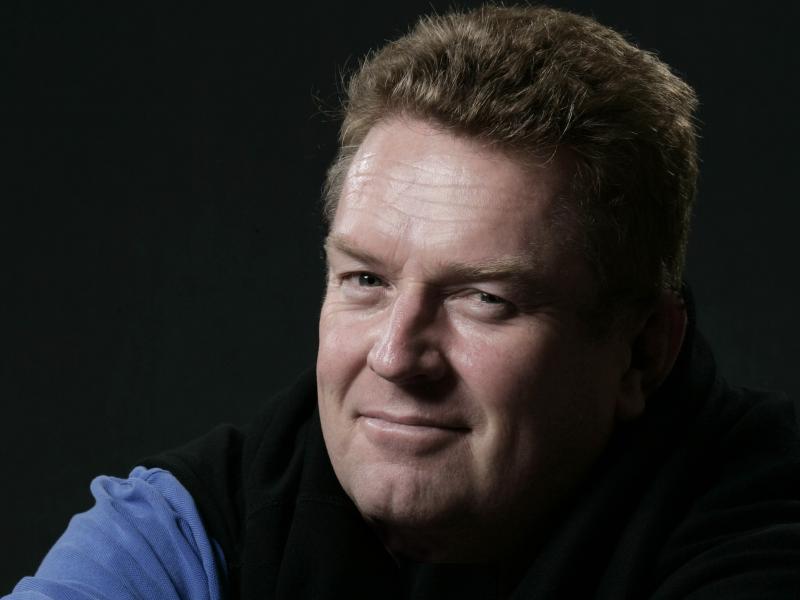 During the London 2012 Olympics he was appointed as Photo Chief. He was a consultant on photographic issues to the Rio 2016 Olympic organising committee and is currently consulting for the IOC looking at the Tokyo Olympics in 2020.
During the London 2012 Olympics he was appointed as Photo Chief. He was a consultant on photographic issues to the Rio 2016 Olympic organising committee and is currently consulting for the IOC looking at the Tokyo Olympics in 2020.
Bob’s photography has been recognised by more than 60 national and international awards.
He is a three times winner of the prestigious British Sports Photographer of the Year also having won the World Press Photo Sports Picture in 2005. In 2017 Bob was awarded the coveted “Sports Photojournalist of the Year” in the NPPA Best of Photojournalism Awards in the USA.
In 2016 Bob published a book of his Photography “1-1000th” which won the Sportel International Sports Book Award and also the Illustrated Book of the Year in the UK Cross Sports Book Awards.
Bob is Director of Photography and a co-founder of the Silverhub Media agency.
Bob had the opportunity to test A9, along with a set of G Master lenses, including the new 16-35mm and 100-400mm.
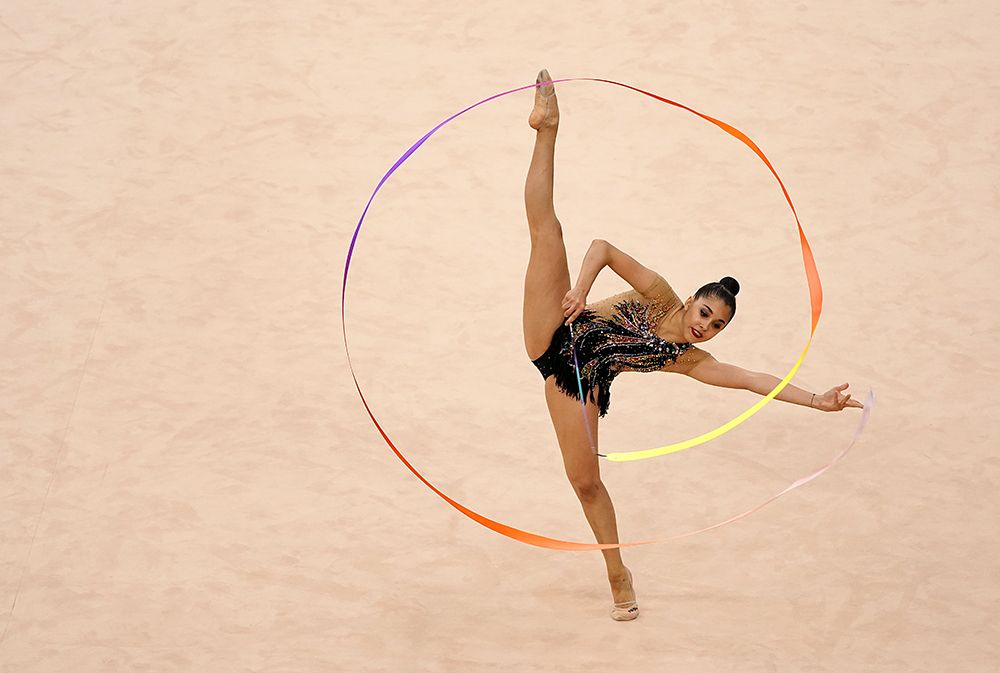 Sony ILCE-9 + FE 100-400mm ƒ/4.5-5.6 GM OSS | © Bob Martin
Sony ILCE-9 + FE 100-400mm ƒ/4.5-5.6 GM OSS | © Bob Martin
You’re usually a Nikon user. What made you want to try the A9?
The silent shutter was a big deciding factor in me trying the camera. With my sports photography, being able to shoot unnoticed was a huge advantage, especially in situations like golf tournaments. Funnily enough though, when shooting portraits, I found that the lack of shutter noise caused a problem with some subjects; they didn’t know if I’d taken the shot and were unsure if they needed to try another pose! It’s easy enough to turn the sound back on, so this was soon remedied.
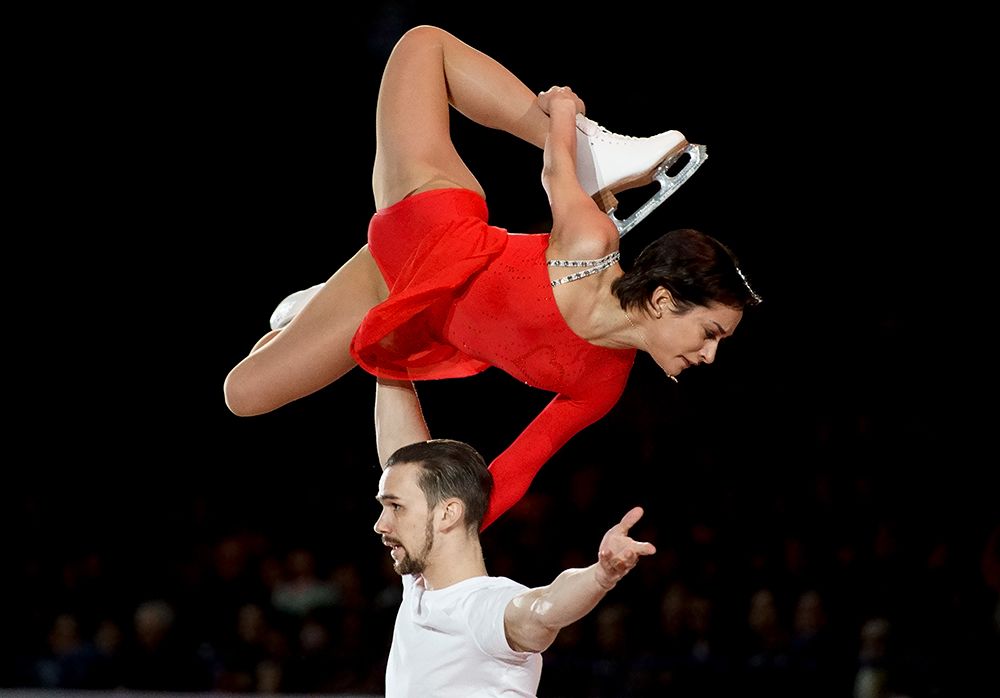 Sony ILCE-9 + FE 70-200mm ƒ/2.8 GM OSS w/ 1.4x Teleconverter | © Bob Martin
Sony ILCE-9 + FE 70-200mm ƒ/2.8 GM OSS w/ 1.4x Teleconverter | © Bob Martin
Are there any particular features of the A9 that stood out as beneficial
To be honest, I wasn’t expecting to like the electronic viewfinder as much as I did. Being able to preview the shot, especially in mixed lighting conditions was a big bonus and the detail through the finder is unbelievable. As I mentioned before, the silent shutter is amazing, especially when you can fire off 20 fps without anyone realising. I also liked the weight of the camera – much lighter than my Nikons, although I found the camera a bit front heavy when using longer lenses. Once I put the battery grip on, the balance improved dramatically.
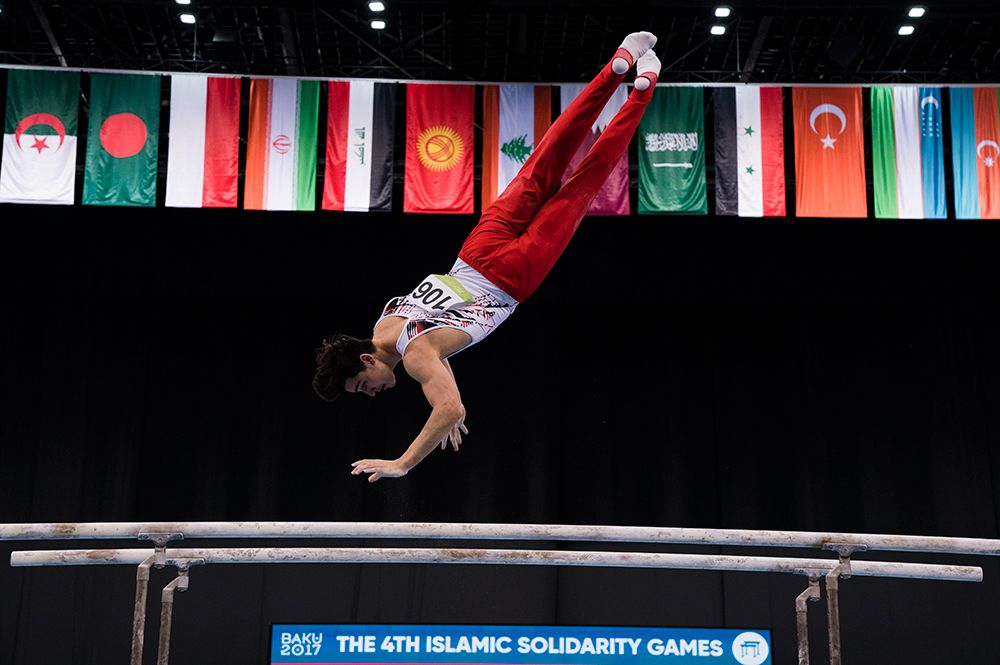 Sony ILCE-9 + FE 24-70mm ƒ/2.8 GM | © Bob Martin
Sony ILCE-9 + FE 24-70mm ƒ/2.8 GM | © Bob Martin
Was there anything you particularly didn’t like about the camera?
I was very pleased too see Sony had included an ethernet port on the A9, but at present you can’t shoot and send files at the same time. Hopefully something that can be rectified with a firmware update?
How did the Sony lenses stack up against your Nikkors?
The G Master lens series are as good as they get. I couldn’t really see any difference between these and my Nikon glass.
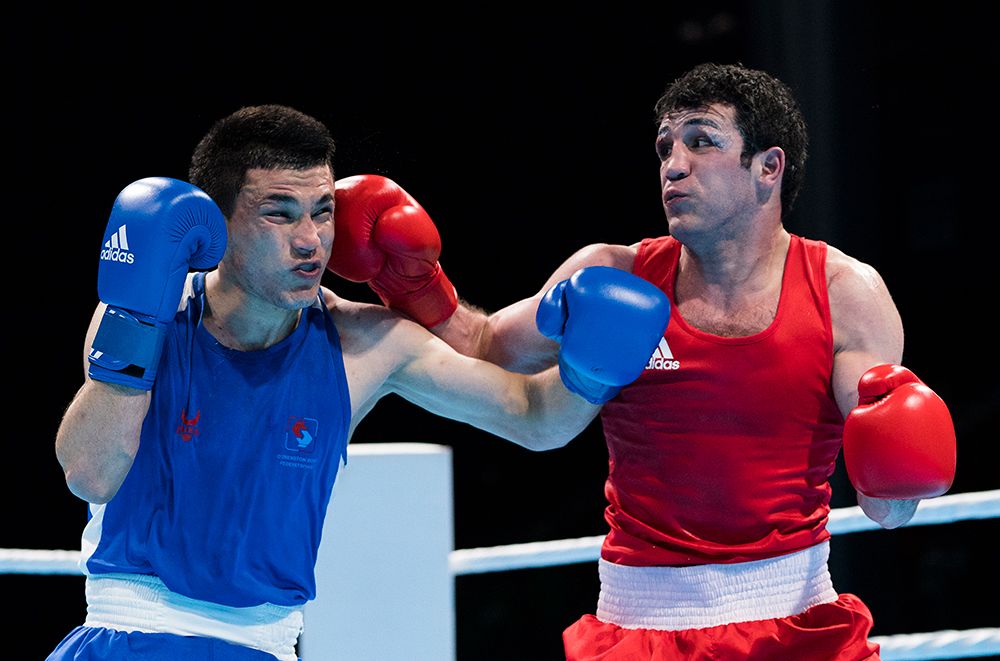 Sony ILCE-9 + FE 85mm ƒ/1.4 GM | © Bob Martin
Sony ILCE-9 + FE 85mm ƒ/1.4 GM | © Bob Martin
Do you think this camera is a game changer for sports photographers?
Definitely. The ability to shoot quickly and silently, especially in short lens situations offers a massive advantage.
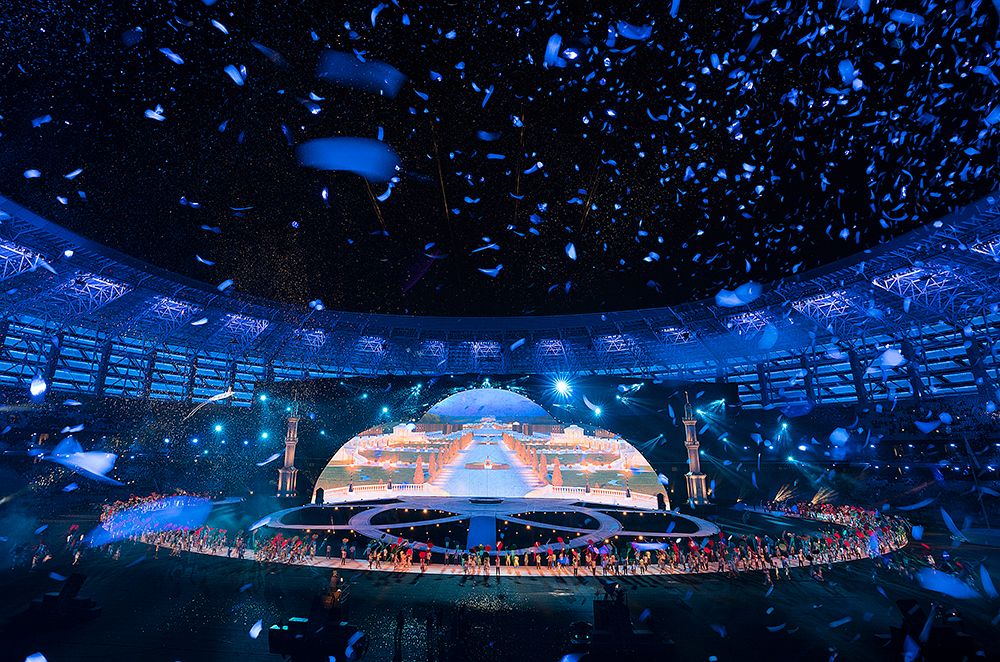 Sony ILCE-9 + FE 16-35mm ƒ/2.8 GM | © Bob Martin
Sony ILCE-9 + FE 16-35mm ƒ/2.8 GM | © Bob Martin
You’ve been a customer and friend of Fixation’s for a long time. How much do you rely on us for your work?
Fixation is the only camera dealer in London as far as I am concerned. The level of professionalism in the sales people is unique and the combination of Sales or Repair gives me a one stop shop.
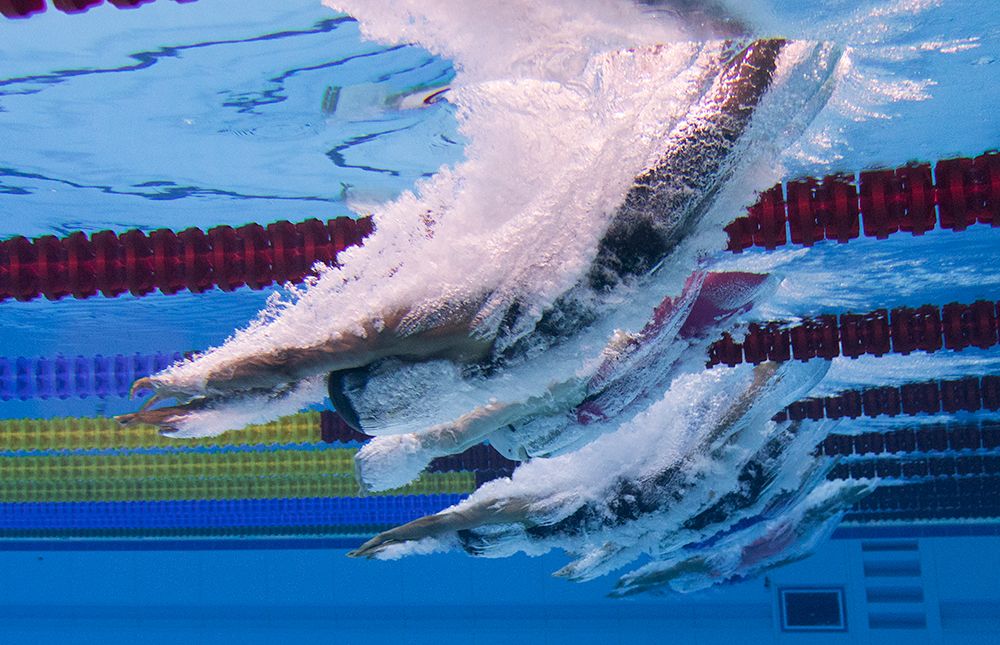 Sony ILCE-9 + FE 24-70mm ƒ/2.8 GM | NB. This shot was taken through glass | © Bob Martin
Sony ILCE-9 + FE 24-70mm ƒ/2.8 GM | NB. This shot was taken through glass | © Bob Martin
Bob was speaking to Tim Stavrinou. You can see more of Bob’s work on his website www.bobmartin.com and follow him on Instagram @bubblesontour

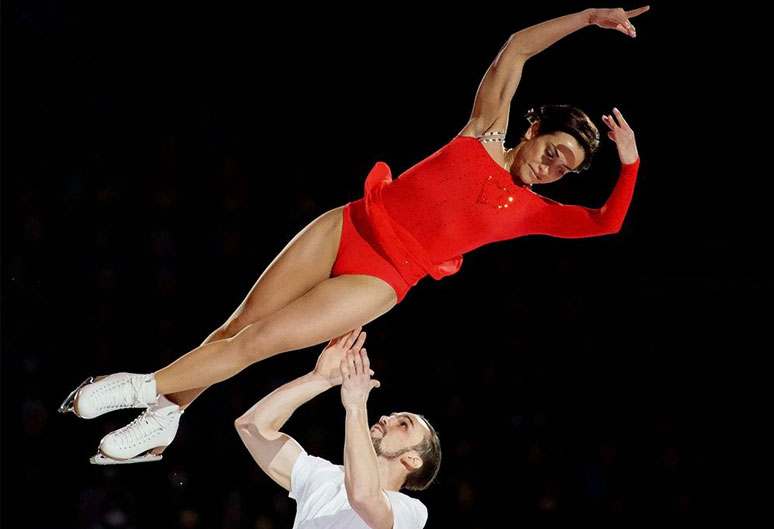
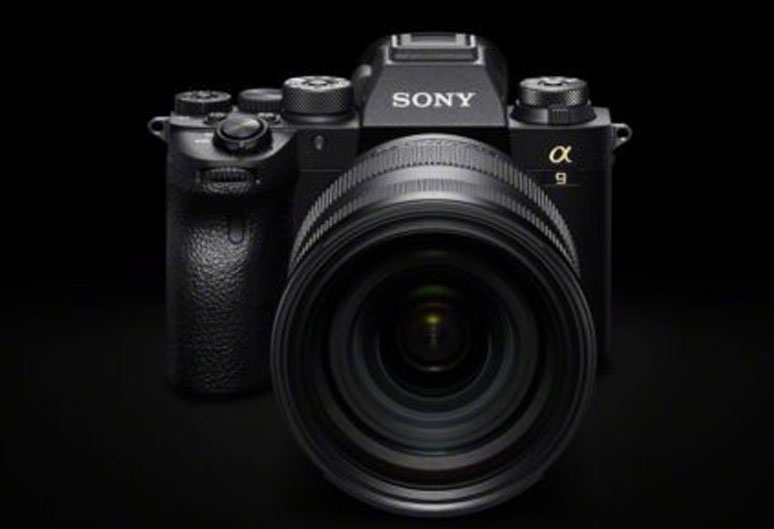
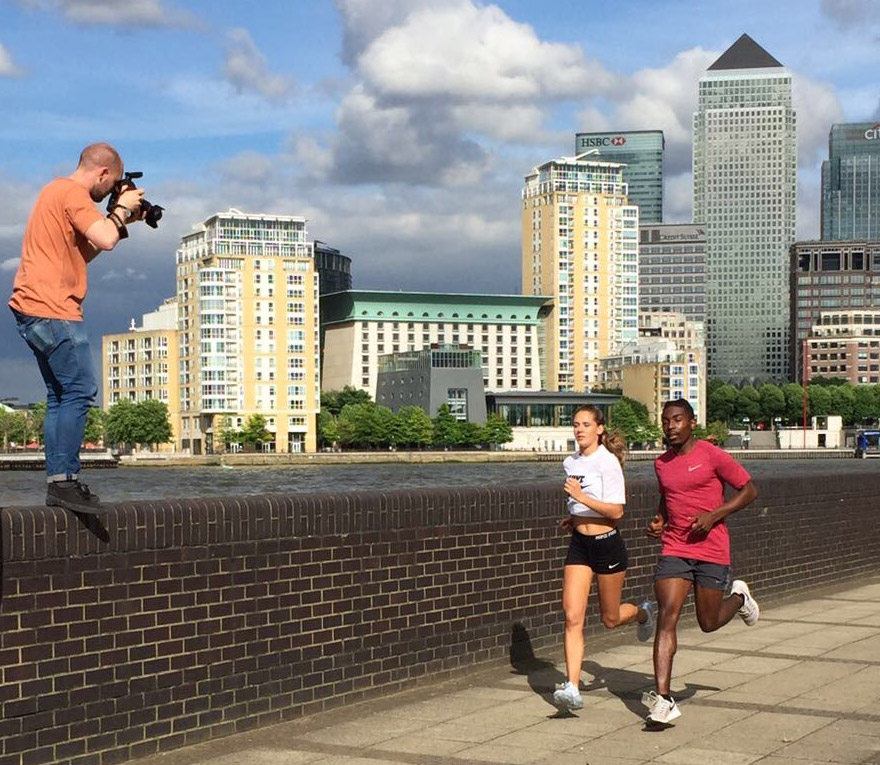 When Sony announced the A9 earlier this year, we approached Jack and asked him to try the camera alongside his usual Canons. As luck would have it, he was planning to shoot a couple of athletes for his latest fitness portfolio – something the A9 would be perfect for.
When Sony announced the A9 earlier this year, we approached Jack and asked him to try the camera alongside his usual Canons. As luck would have it, he was planning to shoot a couple of athletes for his latest fitness portfolio – something the A9 would be perfect for.